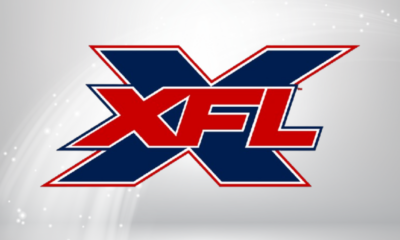In the world of sports, the precision of the playing field is as crucial as the skill of the players themselves. Traditional sports field line marking has often been a labor-intensive task, fraught with room for human error. But with the advent of GPS technology, the game is changing. This innovative approach enhances the precision and efficiency of field layouts for various sports and marks a significant leap in how we prepare sports fields for game day. The concept of sports field line marking is at the heart of this transformation, a task that has become more streamlined and accurate, thanks to GPS.
Behind the scenes: How GPS technology is enhancing field preparation
Imagine setting up a sports field without worrying about uneven lines or imprecise measurements. GPS technology makes this possible by utilizing satellites to ensure that every line marked on the field is perfectly straight and accurately positioned according to the sport’s standard dimensions. This leap from manual methods to GPS-based solutions saves countless work hours, reduces the manpower needed, and minimizes human error. For instance, in preparing a football field, the clarity and precision of the markings directly impact not only the aesthetics of the field but also the fairness of the game.
The impact of precision in play
At its core, sports are about fairness and competition under equal conditions. Precision in line marking ensures that every player gets the same chance to showcase their skills without any bias introduced by poorly marked fields. In sports like soccer or the NFL, where every inch can make a difference in offside decisions or touchdown calls, the accuracy of line marking is paramount. This high level of precision also contributes to player safety, preventing injuries that might occur due to unclear or inaccurate field boundaries.
The future is here: Bringing GPS into the sports world
The transition to GPS technology in sports field marking is not just a step forward; it’s a leap into the future. Its impact extends beyond just the lines on the field. By automating one of the most fundamental aspects of sports field preparation, organizers can focus on other elements of game day organization, ensuring a smoother and more efficient setup. Furthermore, as technology evolves, the potential for even greater precision and creativity in field design becomes a dazzling possibility. The integration of GPS in pitch preparation is a testament to how technology can enhance the beauty and fairness of the game.
In conclusion, applying GPS technology to line marking represents a significant innovation in the sports industry. It ensures that fields are prepared with unparalleled precision, enhancing the players’ and the spectators’ experience. As we look ahead, the continued integration of technology in sports opens up exciting possibilities for the future of game day preparations, making sports fairer, safer, and more enjoyable for everyone involved.









